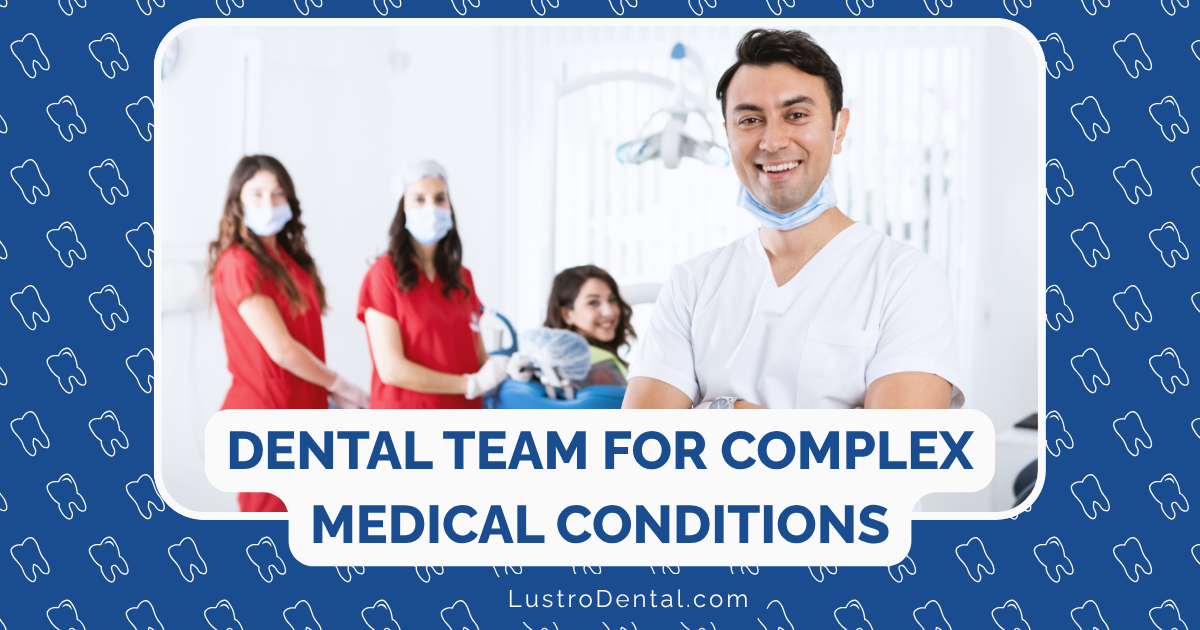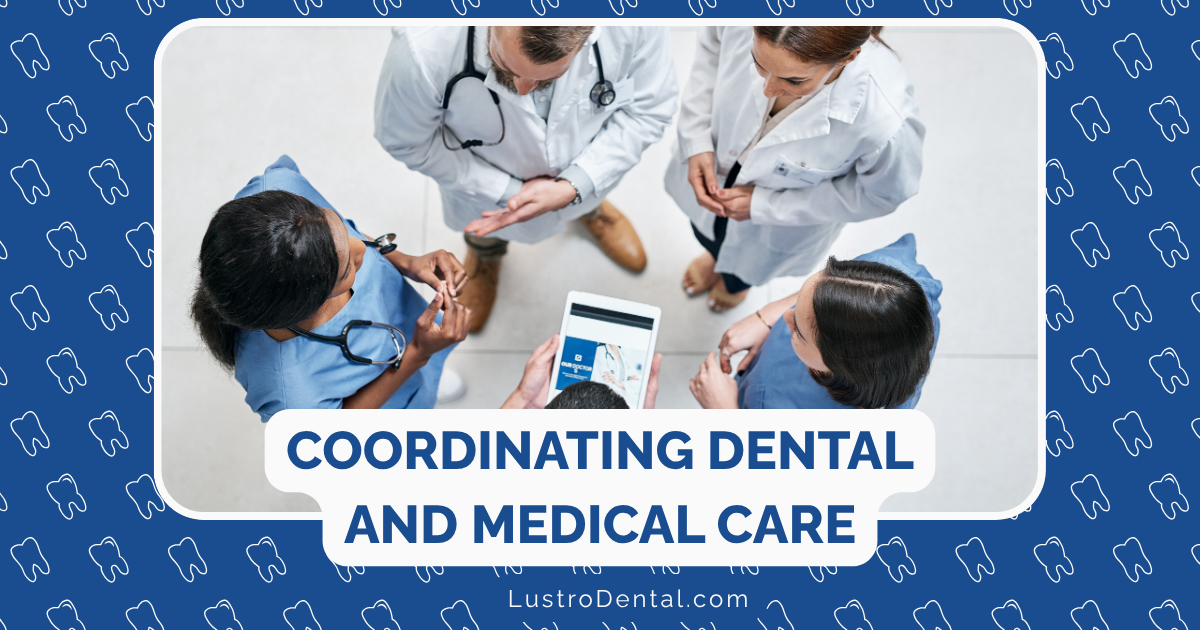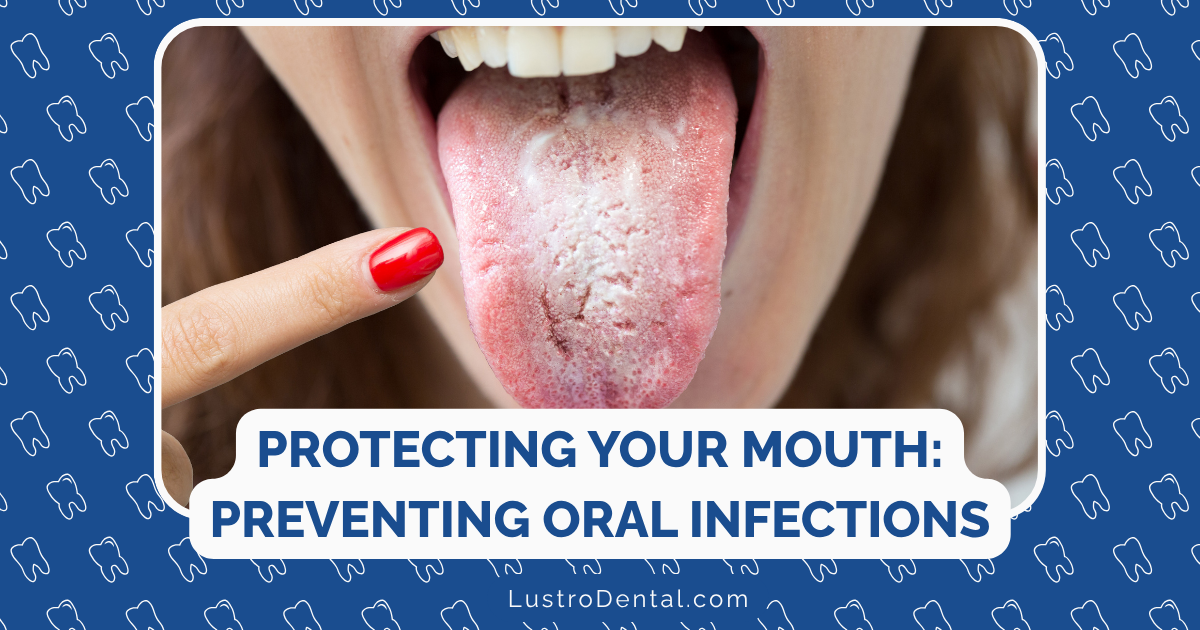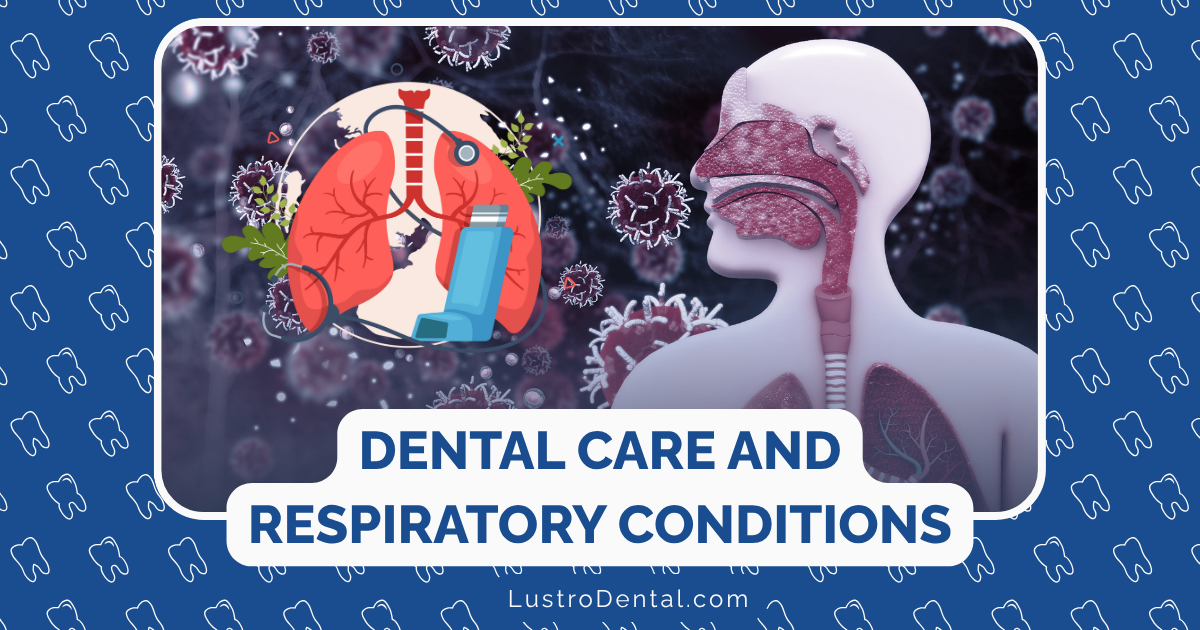Adapting Oral Hygiene for Arthritis and Limited Dexterity
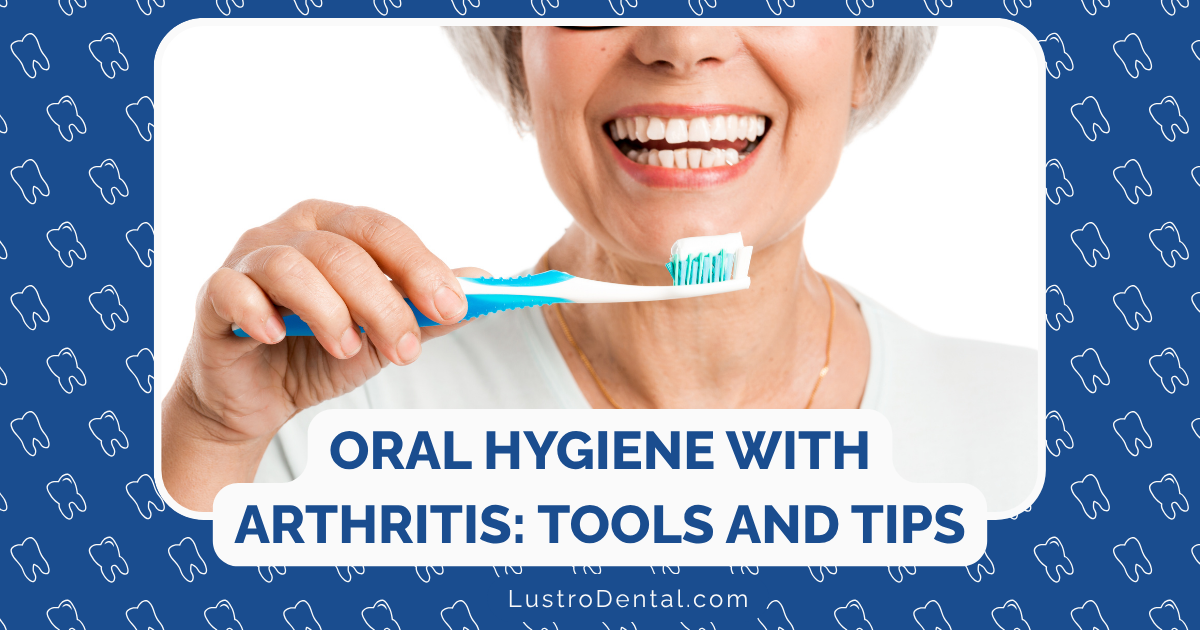
For most people, brushing and flossing are simple daily routines that take just a few minutes. But for those living with arthritis or other conditions that limit dexterity, these basic tasks can become painful challenges. The stiffness, swelling, and pain in joints—particularly in the hands and wrists—can make gripping a toothbrush or manipulating dental floss difficult, if not impossible.
Yet maintaining good oral hygiene remains crucial, especially as we age. Poor oral health doesn’t just affect your smile—it’s linked to serious conditions like heart disease, diabetes complications, and respiratory infections. The good news is that with the right adaptations and tools, people with arthritis and limited dexterity can maintain healthy teeth and gums without excessive pain or frustration.
Understanding the Challenge: How Arthritis Affects Oral Care
Arthritis affects approximately 58.5 million American adults, with rheumatoid arthritis and osteoarthritis being the most common forms. When arthritis impacts the hands, wrists, and fingers, several aspects of oral hygiene become challenging:
- Gripping the narrow handle of a standard toothbrush
- Applying controlled pressure while brushing
- Maintaining a steady brushing motion for the recommended two minutes
- Manipulating dental floss between fingers
- Accessing hard-to-reach areas in the back of the mouth
- Opening toothpaste tubes or containers
- Handling small interdental cleaners
Dr. Maria Chen, a dentist specializing in geriatric oral health, explains: “I often see patients who’ve developed significant dental problems not because they don’t understand the importance of oral hygiene, but because arthritis has made their previous routines physically impossible. With the right adaptations, we can help them regain control of their oral health.”
Adaptive Toothbrush Options for Arthritis
The toothbrush is the foundation of any oral hygiene routine. Fortunately, there are numerous options designed specifically for those with limited dexterity.
Electric Toothbrushes: A Game-Changer for Many
Electric toothbrushes are perhaps the most significant advancement for those with arthritis. Research published in the Journal of Clinical Dentistry found that power toothbrushes provide significantly better plaque removal than manual brushes, with oscillating-rotating models showing 51.6% superior efficacy.
Benefits for arthritis patients include:
- Reduced need for manual scrubbing motions
- Larger, easier-to-grip handles
- Built-in timers to ensure adequate brushing time
- Pressure sensors to prevent damaging gums
- More thorough cleaning with less physical effort
When selecting an electric toothbrush, look for:
- Models with wider handles
- Lightweight designs that won’t strain wrists
- Rechargeable options (to avoid dealing with small batteries)
- Simple on/off switches that don’t require fine motor skills
Modified Manual Toothbrushes
For those who prefer manual brushing or want a more affordable option, several modified designs can help:
- Three-sided toothbrushes that clean multiple surfaces simultaneously, reducing the motion needed
- Toothbrushes with built-in suction for easier handling and reduced need for rinsing
- Brushes with angled heads to better reach all areas of the mouth with less wrist movement
Handle Adaptations: Making Any Toothbrush More Accessible
One of the simplest solutions is modifying the handle of a standard toothbrush to make it easier to grip. Options include:
- Foam tubing or bicycle grips slipped over the handle to increase diameter
- Tennis balls with a hole cut through them to create a large, comfortable grip
- Customized 3D-printed handles molded to fit an individual’s hand
- Weighted adaptations for those with tremors to improve stability
- Velcro straps or hand cuffs that secure the brush to the hand for those with very limited grip strength
A study from the Journal of Disability and Oral Health found that customized toothbrush handles significantly improved plaque control in patients with limited hand function.
Flossing Alternatives and Adaptations
Traditional string floss can be particularly challenging for those with arthritis. Fortunately, several alternatives make interdental cleaning more accessible.
Floss Holders and Picks
Floss holders eliminate the need to wrap floss around fingers and manipulate it in the mouth. Look for:
- Y-shaped flossers with long handles for better reach and grip
- Floss picks with ergonomic handles designed specifically for arthritis
- Reusable floss holders that can be adapted with grip-enhancing materials
Water Flossers
Water flossers (also called oral irrigators) use a stream of pressurized water to clean between teeth and along the gumline.
Benefits include:
- No need for fine motor control of traditional flossing
- Effective cleaning even with limited dexterity
- Options with larger buttons and ergonomic handles
- Some models include pause buttons on the handle for easier control
Studies show that water flossers can be as effective as traditional floss for reducing plaque and gingivitis, making them an excellent option for those with arthritis.
Interdental Brushes
These small, cone-shaped brushes clean between teeth and can be easier to manipulate than string floss.
Look for:
- Models with longer, thicker handles for easier gripping
- Angled designs to reach back teeth with less wrist movement
- Reusable handles with replaceable brush heads for cost-effectiveness
DIY Modifications for Existing Tools
You don’t always need to purchase specialized products—many effective adaptations can be created at home using common materials.
DIY Toothbrush Modifications
- Foam hair curlers slipped over the handle provide an inexpensive grip enhancement
- Self-adhering bandage wrap (like Coban) creates a customized, non-slip surface
- Moldable putty (like Sugru) can create a personalized grip that hardens to a rubber-like texture
- Rubber bands wrapped around the handle provide texture for better grip
- A small hand towel wrapped around the handle and secured with rubber bands creates a larger gripping surface
DIY Flossing Aids
- Attach floss to a small toy or object that’s easier to grip
- Create a floss holder using a plastic fork by tying floss between the tines
- Add foam tubing to existing floss holders for improved grip
Occupational therapist James Wilson, who specializes in helping arthritis patients, notes: “Some of the most effective adaptations I’ve seen are simple DIY solutions. The key is finding what works for each individual’s specific limitations and preferences.”
Specialized Products on the Market
The growing awareness of accessibility needs has led to innovative products designed specifically for those with dexterity challenges.
Adaptive Toothbrush Designs
- Ordo’s adaptive toothbrush system offers over 200 combinations of handle types, textures, and colors to create a personalized solution
- The Bluereo G100 features built-in suction technology that simplifies the brushing process
- Special grip toothbrushes from major brands like Colgate and Oral-B that feature wider, non-slip handles
Advanced Flossing Solutions
- The Reach Access Flosser features an extended handle and angled head
- GumChucks operate like mini nunchucks to make flossing easier
- Plackers GentleSlide flossers with a wider handle designed for arthritic hands
Toothpaste Solutions
- Toothpaste tube squeezers that eliminate the need to squeeze tubes
- Pump dispensers that deliver toothpaste with minimal effort
- Toothpaste crimpers that can be attached to the end of tubes for easier dispensing
Techniques for Easier Oral Care with Limited Dexterity
Beyond adaptive tools, certain techniques can make oral hygiene more manageable for those with arthritis.
Positioning and Stabilization
- Sit down while brushing to reduce fatigue and improve stability
- Rest your elbow on the sink or countertop to stabilize your arm
- Use your non-dominant hand to support your brushing hand if needed
- Consider brushing in front of a magnifying mirror for better visibility with less neck strain
Modified Brushing Techniques
- Divide your mouth into quadrants and focus on one section at a time
- Use a circular motion rather than a back-and-forth scrubbing to reduce wrist strain
- Try the Bass technique (angling bristles toward the gumline) which can be effective with less movement
- Consider brushing for shorter periods more frequently rather than struggling through a full two minutes at once
Timing and Planning
- Brush when your arthritis pain is typically at its lowest (often in the afternoon for many people)
- Take pain medication 30 minutes before brushing if recommended by your doctor
- Apply heat to your hands before brushing to increase flexibility
- Perform gentle hand exercises before brushing to improve dexterity
The Role of Caregivers in Assisting with Oral Hygiene
For those with severe arthritis, caregiver assistance may be necessary. Here are some guidelines for caregivers:
Tips for Caregivers
- Encourage independence by providing appropriate adaptive tools
- Offer assistance only with the parts of oral care that are truly difficult
- Position yourself properly (standing behind the person can provide better access and control)
- Use a gentle touch and communicate throughout the process
- Be aware of potential pain points and adjust your approach accordingly
- Consider using a three-sided toothbrush for more efficient cleaning when assisting someone
A study published in the Journal of Disability and Oral Health found that telehealth programs that trained caregivers in adaptive oral hygiene techniques resulted in significant improvements in gingival health for people with limited dexterity.
Research on Effectiveness of Adaptive Approaches
Scientific evidence supports the use of adaptive oral hygiene tools and techniques:
- A systematic review in the Journal of Disability and Oral Health found that specialized toothbrushes and electric toothbrushes improved oral hygiene outcomes for people with manual dexterity limitations.
- Research published in the Journal of Clinical Dentistry demonstrated that power toothbrushes provide a 21% reduction in plaque after 3 months compared to manual toothbrushes, with particular benefits for those with limited dexterity.
- A pilot study reported in the Journal of Dental Research found that adapted toothbrush handles led to a 13.1% reduction in biofilm on dentures compared to conventional toothbrushes.
These findings confirm that with the right tools and techniques, people with arthritis can maintain good oral hygiene despite dexterity challenges.
The Importance of Professional Dental Care
While home adaptations are essential, regular dental visits become even more crucial for those with arthritis:
- Schedule more frequent cleanings (every 3-4 months instead of every 6)
- Discuss your arthritis with your dental team so they can provide appropriate accommodations
- Ask about in-office fluoride treatments for additional protection
- Consider antimicrobial mouth rinses as an adjunct to mechanical cleaning
- Explore options for transportation assistance if traveling to appointments is difficult
Dr. Robert Chen, a periodontist who treats many patients with arthritis, emphasizes: “Professional cleanings can help compensate for any limitations in home care. Being open with your dental team about your challenges allows us to develop a comprehensive plan that accounts for your physical limitations.”
Success Stories: Overcoming Arthritis Challenges
Margaret’s Story
Margaret, 72, has rheumatoid arthritis that made brushing painful and flossing nearly impossible. After switching to an electric toothbrush with a custom grip and a water flosser, she regained her independence in oral care.
“I was embarrassed to tell my dentist I couldn’t floss anymore,” Margaret shares. “When he suggested a water flosser and showed me how to adapt my toothbrush, it was life-changing. I went from dreading brushing to actually enjoying my oral care routine again.”
James’s Story
James, 68, has osteoarthritis in his hands that progressively worsened. With simple DIY modifications—a tennis ball grip for his toothbrush and floss picks with extended handles—he maintained his oral health despite increasing limitations.
“The tennis ball trick was so simple but made such a difference,” James explains. “I can brush thoroughly without pain now, and the floss picks let me clean between my teeth without struggling to wrap floss around my fingers.”
Looking to the Future: Emerging Technologies
The field of adaptive dental care continues to evolve, with promising innovations on the horizon:
- 3D-printed custom handles tailored to individual hand shapes and grip patterns
- Smart toothbrushes that require minimal movement while ensuring complete cleaning
- Robotic flossing devices that automate interdental cleaning
- Telehealth monitoring to provide feedback on brushing effectiveness despite physical limitations
Conclusion: Maintaining Oral Health Despite Physical Challenges
Arthritis and limited dexterity present real challenges to maintaining oral hygiene, but they don’t have to lead to poor oral health. With the right combination of adaptive tools, modified techniques, and professional support, people with arthritis can keep their teeth and gums healthy throughout life.
Remember that finding the right solution may take some experimentation. What works perfectly for one person may not work for another, even with similar limitations. Be patient with yourself as you try different options, and don’t hesitate to ask your dentist or an occupational therapist for guidance specific to your situation.
Most importantly, don’t let arthritis compromise your oral health. The extra effort to find and use adaptive solutions is well worth it when you consider the significant impact that oral health has on overall well-being and quality of life.
What adaptive tools or techniques have you found helpful for managing oral hygiene with arthritis or limited dexterity? Share your experiences in the comments below.


